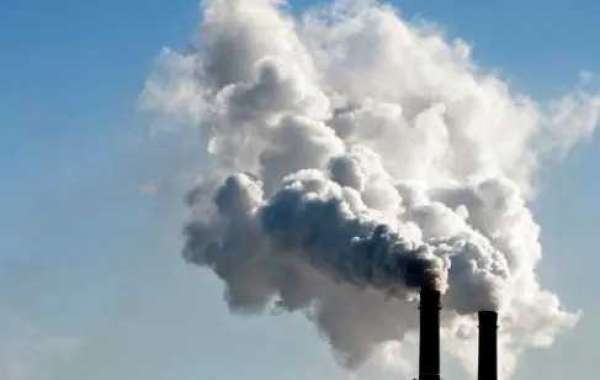Including air pollution, noise pollution, soil contamination, and water pollution. Here's an overview of these types of pollution in this industry:
Air Pollution:
Dust Emissions: Mining operations, especially open-pit mining, generate a lot of dust due to the excavation and transportation of ore and waste materials. This dust can contain harmful substances, including heavy metals, which pose health risks to nearby communities.
Emissions from Equipment: The heavy machinery used in mining operations often run on diesel fuel and release pollutants like particulate matter, sulfur dioxide (SO2), nitrogen oxides (NOx), and volatile organic compounds (VOCs).
Smelting and Processing: Ore processing often involves high-temperature processes like smelting, which release pollutants such as sulfur dioxide, carbon monoxide, and heavy metals like lead and mercury into the atmosphere.
Noise Pollution:
Mining Equipment: Heavy machinery and equipment used in mining are typically noisy, creating significant noise pollution in and around Air, Noise, Soil Pollution in Mining and Ore Processing Industry Mining Waste Water mining sites. Prolonged exposure to high noise levels can have adverse health effects on workers and nearby residents.
Explosives: Explosives are commonly used in mining to break up rock formations. The detonation of explosives generates loud noise, which can also contribute to noise pollution.
Soil Pollution:
Contaminated Runoff: Rainwater can wash away pollutants from mining sites and deposit them into nearby soil, leading to soil contamination. Heavy metals and other harmful substances can accumulate in the soil, making it unsuitable for agriculture or other land uses.
Tailings: The waste material left over after ore processing, known as tailings, can contain high concentrations of heavy metals and chemicals. If not properly managed, these tailings can leach into the soil, contaminating it and posing risks to local ecosystems.
Mining Waste Water:
Effluent Discharges: Mining operations produce large volumes of wastewater, which can contain a variety of pollutants, including heavy metals, sediments, and chemicals used in the mining and processing processes. Discharging untreated or poorly treated wastewater into rivers and streams can harm aquatic life and downstream communities.
Acid Mine Drainage (AMD): In certain mining operations, the exposure of sulfide minerals to air and water can lead to the formation of AMD, which is highly acidic and can contain toxic metals. AMD can severely impact water quality in nearby water bodies.
To mitigate these environmental issues, mining companies must adhere to strict regulations and implement environmentally responsible practices. This includes the use of dust control measures, noise-reduction technologies, proper disposal of waste materials, and effective wastewater treatment systems. Additionally, efforts should be made to rehabilitate and reclaim mining sites after their productive life to minimize long-term environmental impacts.










